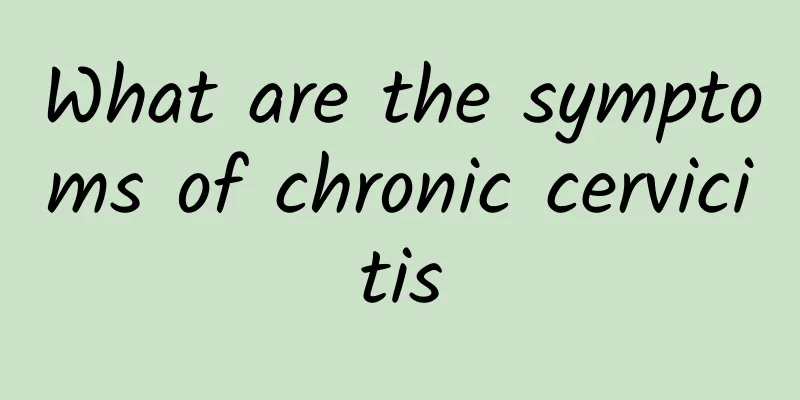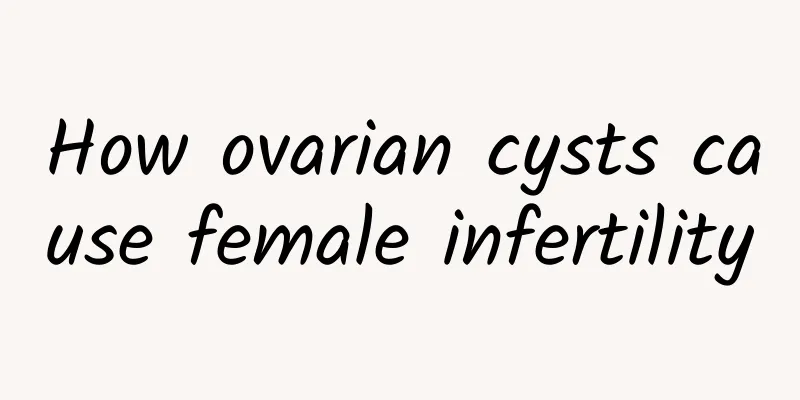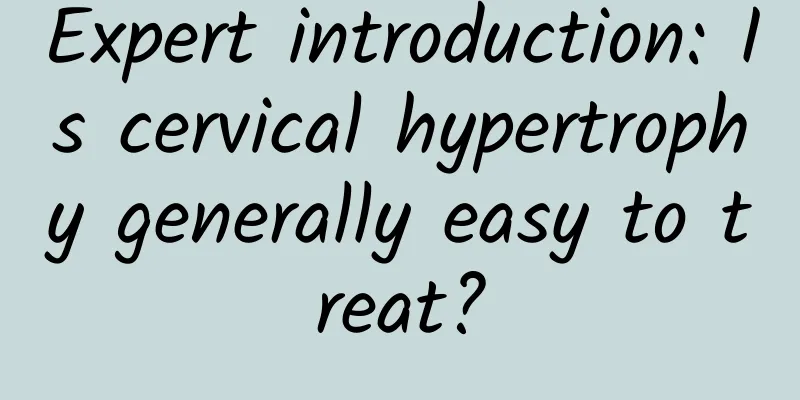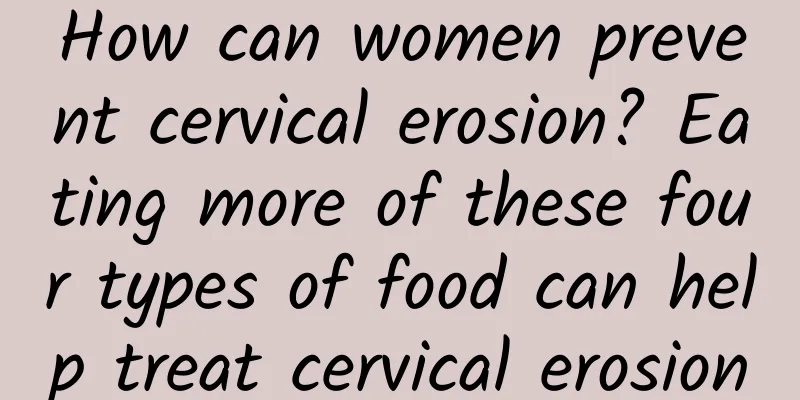What medicine should I take for right ovarian cyst
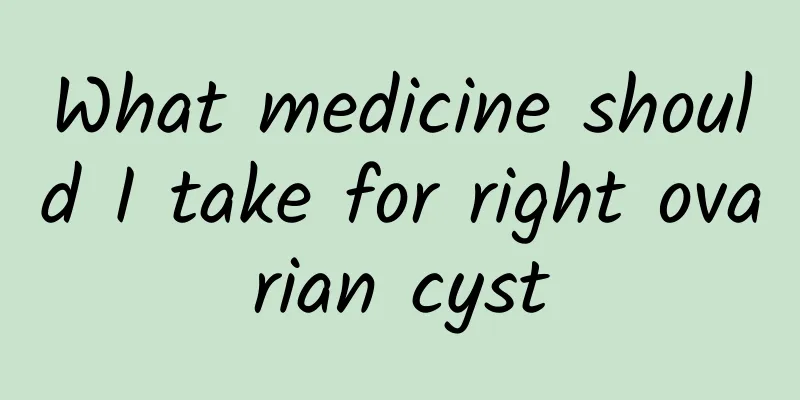
|
The treatment of right ovarian cysts needs to be determined according to the nature, size and symptoms of the cyst. Drugs are usually suitable for functional cysts. Commonly used drugs include oral contraceptives, progesterone drugs and ovulation-inducing drugs; but if the cyst is large, the symptoms are severe or it is a non-functional lesion, further examination or even surgical treatment is required. 1. Drug treatment options If the right ovarian cyst is a functional cyst such as a corpus luteum cyst or a follicular cyst, medication may be effective. The following are commonly used medications: Oral contraceptives: By inhibiting ovulation, they can reduce the formation of new functional cysts and help relieve existing cysts. Progestogen drugs: effective in regulating hormone levels, used to shrink cysts and relieve menstrual disorders. Gonadotropin-releasing hormone antagonists GnRH inhibitors: reduce estrogen levels and reduce the development of functional ovarian cysts. Before using the medicine, you must do so under the guidance of a doctor and adjust the intensity and duration of the medicine according to the efficacy and side effects. 2. Dietary supplementation Diet is not a direct treatment for ovarian cysts, but it can play an auxiliary role in conditioning. The following are recommended dietary choices: High-fiber foods: such as fresh vegetables, whole grains and fruits, help regulate hormone levels in the body. Foods rich in antioxidants, such as blueberries, green tea, and spinach, can help reduce inflammation. Reduce the intake of high-fat and high-sugar foods: may reduce the impact of adverse metabolism on the ovaries. 3. Precautions and further inspections If the cyst is larger than 5 cm, persists, or is accompanied by obvious symptoms such as abdominal pain and menstrual disorders, you need to be alert to pathological cysts such as endometriosis cysts and ovarian tumors. The following examinations may be required: Imaging examination: such as ultrasound examination, to clarify the nature and location of the cyst. Blood marker test: such as CA125 test, to assess whether it is a malignant cyst. Surgical treatment: If medication is ineffective, minimally invasive surgery such as laparoscopic removal can be considered, which can provide both treatment and biopsy. If you have been diagnosed with right ovarian cysts, you should consult a doctor in time to confirm the specific treatment plan. Do not take medication on your own or delay treatment. Reasonable drug treatment and a healthy lifestyle jointly protect women's health. Before implementing any treatment, you need a doctor's guidance and close monitoring. |
<<: What causes uterine fibroids?
>>: What causes threatened miscarriage?
Recommend
What are the symptoms of ectopic pregnancy
Ectopic pregnancy, also known as ectopic pregnanc...
Symptoms of spontaneous abortion
Symptoms of miscarriage can be confusing and unse...
What are the main factors that cause cervicitis in life?
What are the main factors that cause cervicitis i...
What behaviors can aggravate dysmenorrhea?
Dysmenorrhea is something that every woman does n...
What are the disadvantages of uterine fibroid embolization? How is uterine fibroid embolization treatment?
What are the disadvantages of uterine fibroid emb...
What should I do if my leucorrhea is abnormal and my menstruation is frequent and I only have one period every few days?
What should I do if my leucorrhea is abnormal and...
The main features of ovarian cysts
The main features of ovarian cysts are: The main ...
What is intrauterine adhesion
What are intrauterine adhesions? Intrauterine adh...
Plastic surgery and waiting for repair? Time-saving and body shaping becomes a new trend
"Time reduction" is a concept that shor...
2 Dietary Recipes for Post-abortion
There are many effective treatments for patients ...
What are the treatments for hyperprolactinemia?
Hyperprolactinemia is one of the common diseases ...
How to treat threatened abortion
How to treat threatened miscarriage? If there is ...
Chen Yanxi, who was ridiculed as the ugliest little dragon girl, used corn silk to reduce swelling
Michelle Chen, the elegant girl next door who bec...
Causes of pelvic inflammatory disease
Causes of pelvic inflammatory disease: When women...
What are the symptoms of left ovarian cyst
Symptoms of left ovarian cysts may include abdomi...
